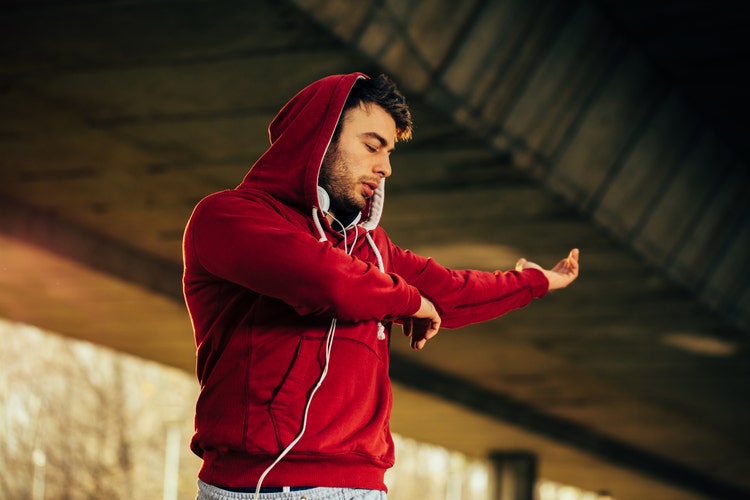Movement Basics for a Healthier 2017

Make mobility part of your resolve to be injury-free.
We learn to sit and crawl before we learn to walk. We learn the notes on the piano before we learn chords. We learn how to listen to our parents before we get the keys to the car (hopefully!).
We learn the fundamentals first. Then, when we’re ready, we move on to the complicated stuff.
In January, everyone is buoyed by the wave of good holiday feelings and the promise of the new year. We leap into a new fitness routine and give it all we’ve got. But a really vigorous new gym routine can leave us sore and demoralized come February — especially if we haven’t taken time for some movement basics.
In this article, we’ll look at the fundamental mobility movements that set us up for better success with our New Year’s resolutions. And we’ve got a quick morning mobility program you can try right away!
What is mobility?
Mobility is about natural, efficient movement. Many things in modern life restrict our body movements into rigid patterns. Tight or high-heeled shoes, sitting for long periods and repetitive motions can all tighten up our body and prevent its normal function. Most people experience a lack of mobility at some point, usually in one of three hot spots: the thoracic spine (that’s the midback), the hips, and the feet and ankles.
Say I want to move my arm up over my head. I’m going to need my shoulder blade to make space for my humerus (upper arm bone) to move. But the shoulder blade can only move if my midback can make some space. If my midback can’t move naturally, the whole movement gets stuck.
When we add a new fitness program on top of a lack of mobility, it increases wear and tear on our body, which can cause injury and even accelerate aging.
Morning mobility
There are many ways to train mobility, but if you’ve already got a New Year’s program going, it may be simplest to add a little morning mobility to your day to help prevent injury.
Do these three simple movements first thing every day. Try five to eight reps per side for each drill. They’ll give you a bit of a lift and keep you feeling great well into February!
1. Foot and ankle mobility
We know it is important to move our feet every day for good health. But what we don’t often consider is whether our feet can move. When we stand, most of the bones in our feet lie side by side instead of on top of each other. This lets our feet spread out when we walk, like a natural shock absorber. Slipping on a pair of high heels stacks our foot bones, making natural foot movement impossible and risking knee injury.
This Internal-External Foot Reach exercise restores foot and ankle mobility, especially after a long day in heels! Be sure to keep the heel down on your plant foot as you rotate, and keep your knee mostly over your foot.
https://www.youtube.com/watch?v=xoS9qffBWsU
2. Hip mobility
Two separate hipbones make up our pelvic ring. There is a small space between these bones that lets them move just a bit, and it is surprisingly important for the health of our lower back. If our hips lose mobility, our lower back compensates, causing cramping, soreness and eventually injury.
This Atomic Frog movement gently restores hip mobility. And it feels fantastic. Just make sure you try this on a carpet or yoga mat to save your knees!
https://www.youtube.com/watch?v=vOynjXy47AU
3. Midback mobility
Hunching or rounding the midback directly affects our shoulder blades (scapulae), causing them to …
… lift up (there’s nothing quite like introducing the shoulders to the ears)
… move out to the sides, giving us a really rounded look
… rotate upward, getting in the way of natural movement
… tilt forward (perhaps the most important, this is a leading cause for shoulder impingement)
If you don’t work to mobilize the shoulders, your connective tissue will build up and help you stay stuck. (Delightful, right?) So if you sit at a desk or in a car (or on a train or in the rain …) for part of the day, thoracic mobility movements will help you feel better, and move better, and keep that New Year’s enthusiasm going!
Try this Side Lying 90-90 Rotation. Your legs should stay stacked and in contact with the ground while your arms stay in line with your head.
https://www.youtube.com/watch?v=TZIr7iL1R-g
Videos courtesy of Institute of Motion.
Photo credit: Thinkstock, iStock, djiledesign.